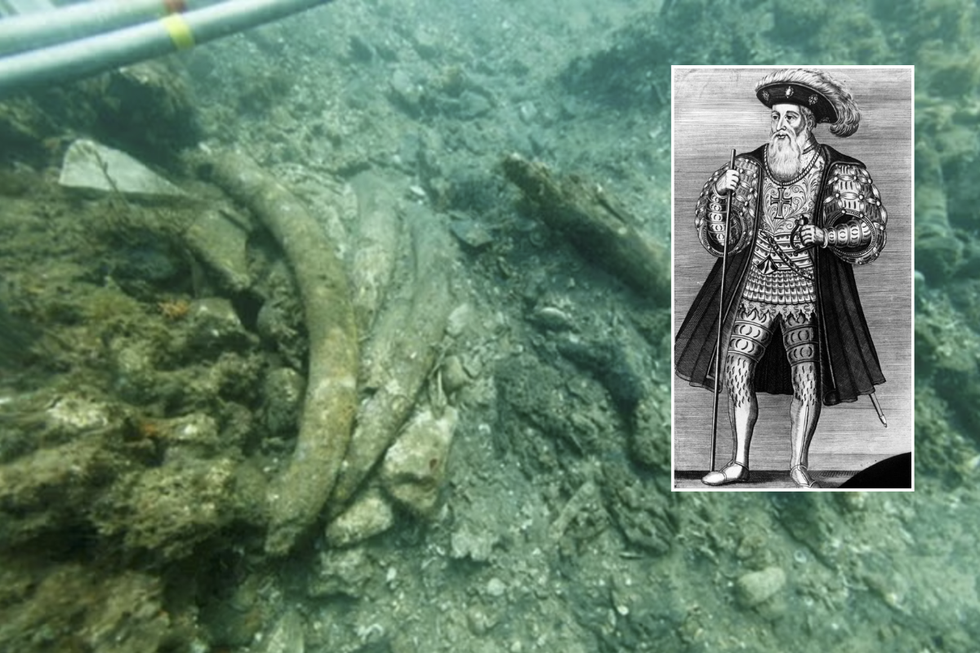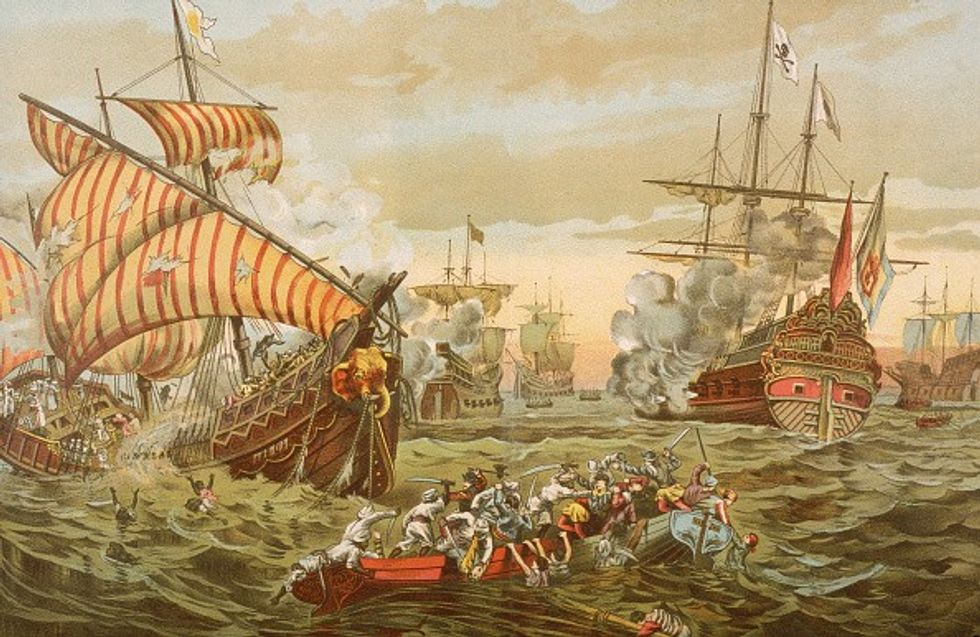A 500-year-old shipwreck discovered off the Kenyan coast could hold vital clues about legendary explorer Vasco da Gama’s final voyage, archaeologists have revealed.
The Portuguese vessel, found in 2013 near the coastal town of Malindi, may be the São Jorge, which sank in 1524 – the same year da Gama died of malaria in India.
Scientists writing in the Journal of Maritime Archaeology say if confirmed, it would be one of the earliest European shipwrecks found in the Indian Ocean.
The wreck could provide “significant historical and symbolic value” as evidence of da Gama’s third armada in Kenyan waters.

The wreck could provide ‘significant historical and symbolic value’
Caesar Bita via Centre for Functional Ecology/University of Coimbra/Getty
The wreck lies approximately 500 metres from the shore at a depth of about six metres, partially hidden among coral formations.
Dr Caesar Bita, an underwater archaeologist at the National Museums of Kenya, first discovered the site in 2013, recovering copper ingots and elephant tusks from the submerged vessel.
Recent excavations have revealed timbers from the ship’s hull and frame in two archaeological trenches at the site. The local population is actively involved in protecting the wreck as part of a community archaeology project.
Vasco da Gama was a pioneering Portuguese explorer born in the 1460s who revolutionised maritime trade routes between Europe and India. In 1497, he became the first European to reach India by sea, navigating around Africa’s Cape of Good Hope.
LATEST DEVELOPMENTS

An illustration depicts the destruction caused by Portuguese explorer Vasco da Gama
Getty
Starting in 1513, Portugal began constructing specialised vessels designed for both warfare and long-distance sailing to the Indian and Pacific oceans.
These ships featured three or four masts and mounted artillery providing 360-degree defence coverage, a design quickly adopted by other European nations. Da Gama died in India in 1524, aged between 55 and 65, likely from malaria.
The São Jorge, captained by Fernando de Monroy, was one of approximately 20 ships that joined da Gama’s final voyage in 1524. The vessel was among eight known Portuguese shipwrecks from this period in the region.
Researchers are currently studying whether this wreck is the São Jorge or another early Portuguese ship, the Nossa Senhora da Graça, which sank in the same area in 1544.
Lead marine archaeologist Dr Filipe Castro and his team are working to definitively identify the wreck through detailed archaeological surveys.
Researchers plan to survey coral reefs stretching north from Malindi to Ras Ngomeni, covering approximately 25 kilometres of Kenya’s coastline.
The investigation is being coordinated by Dr Castro alongside Dr Bita from the National Museums of Kenya. Kenyan authorities have shown significant interest in the Malindi shipwreck’s potential.
Officials are considering transforming the site into an underwater museum, which would preserve this potentially crucial piece of maritime history. The shallow depth of the wreck at just six metres underwater makes it particularly suitable for such a development.